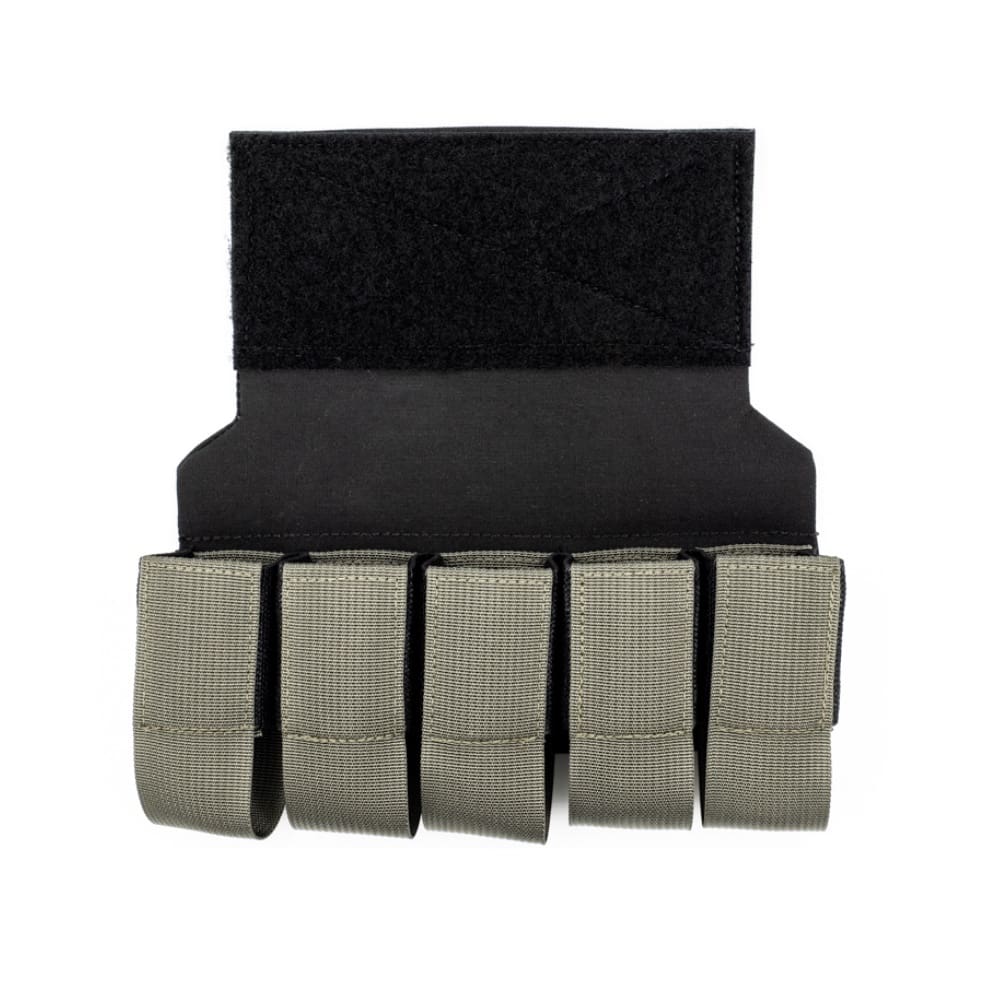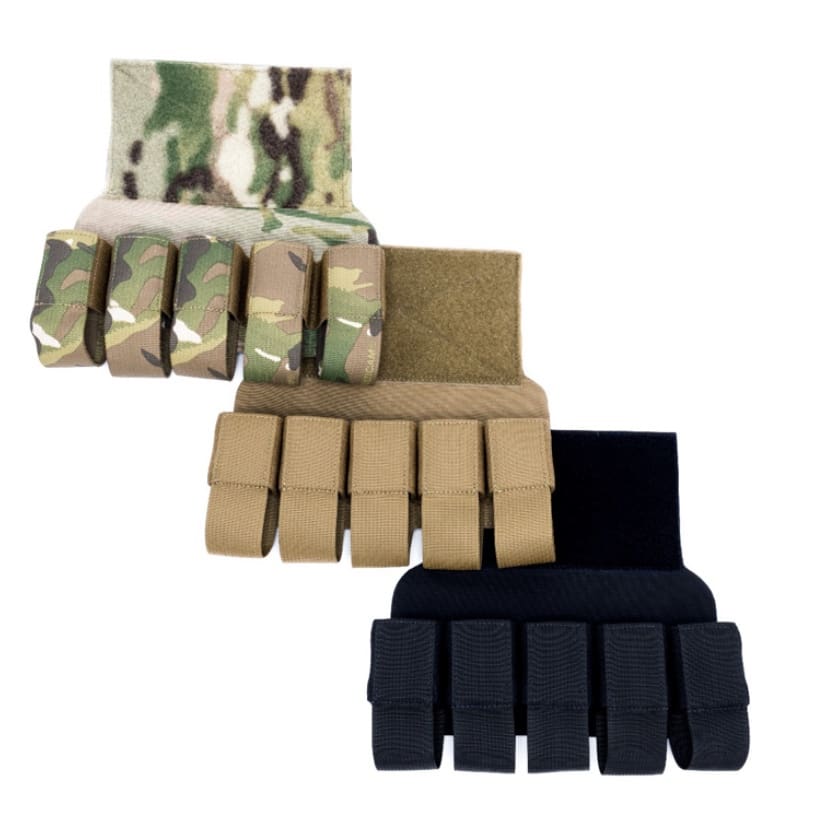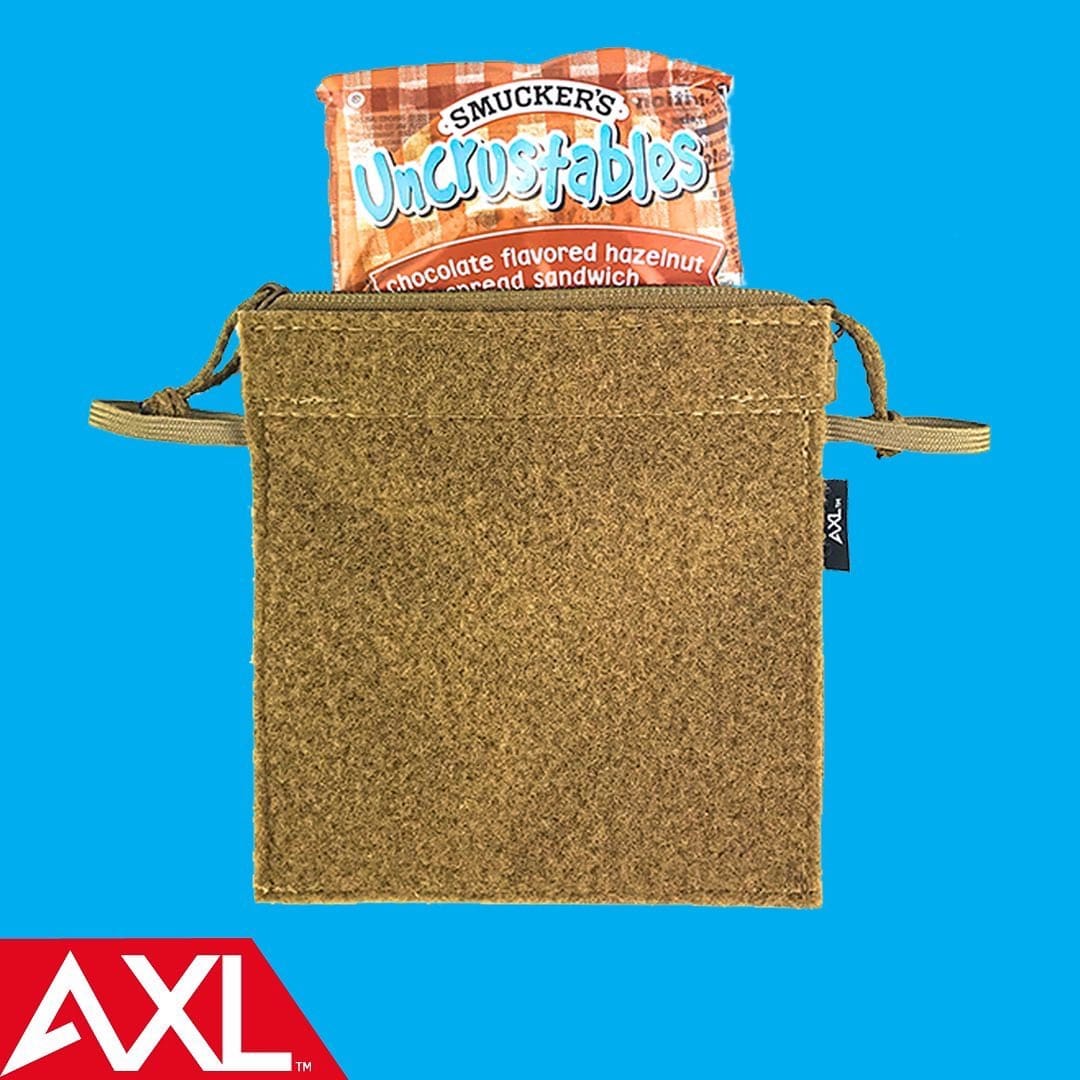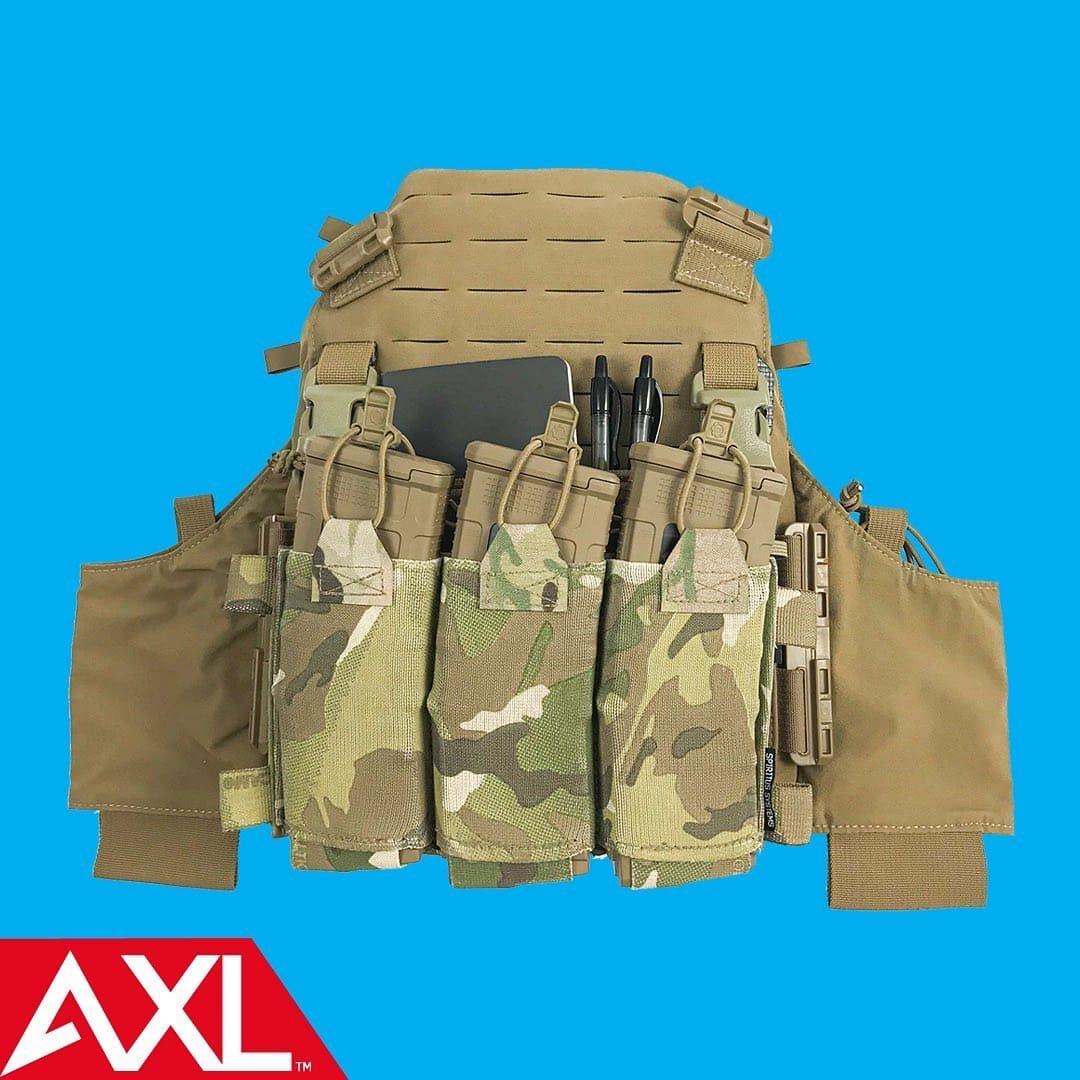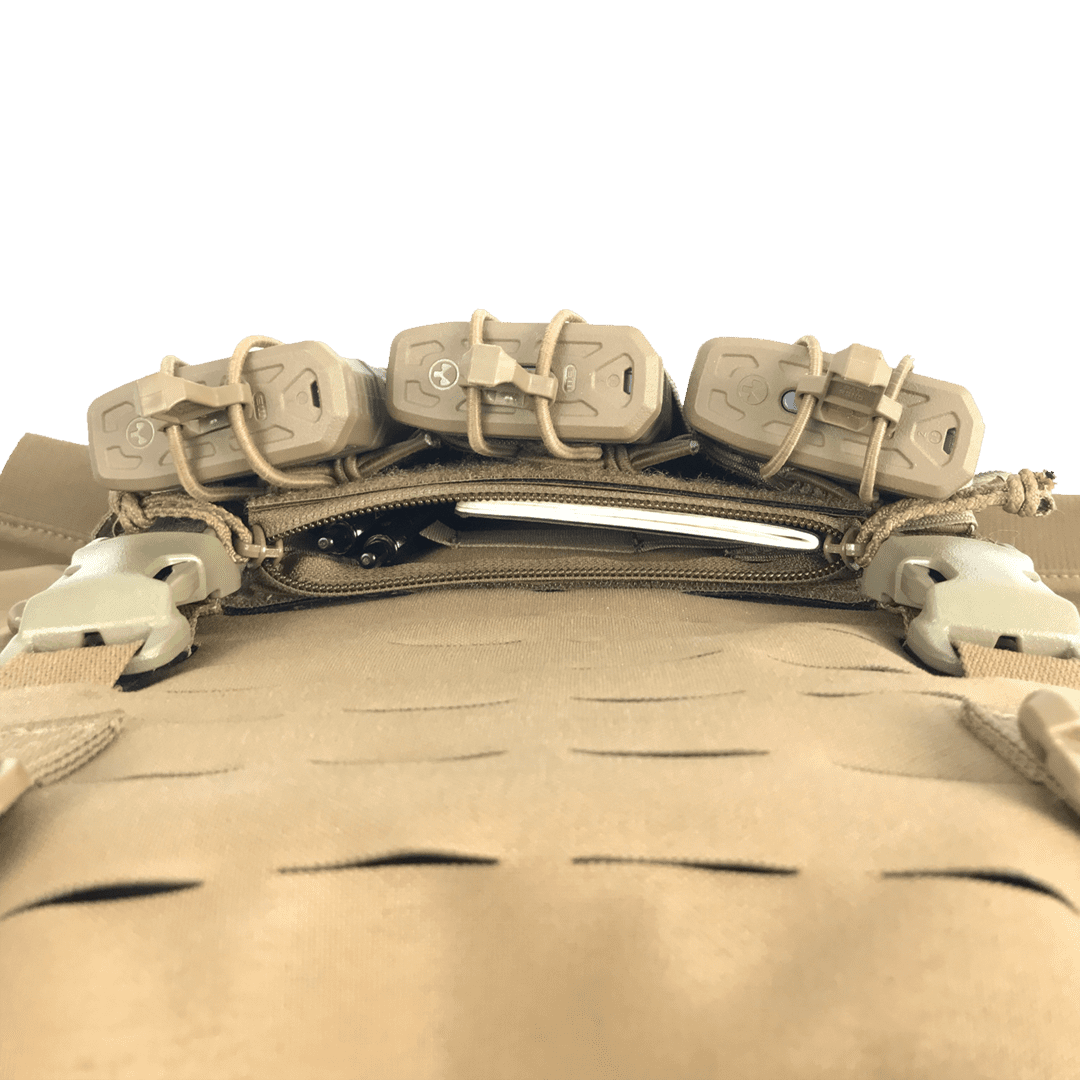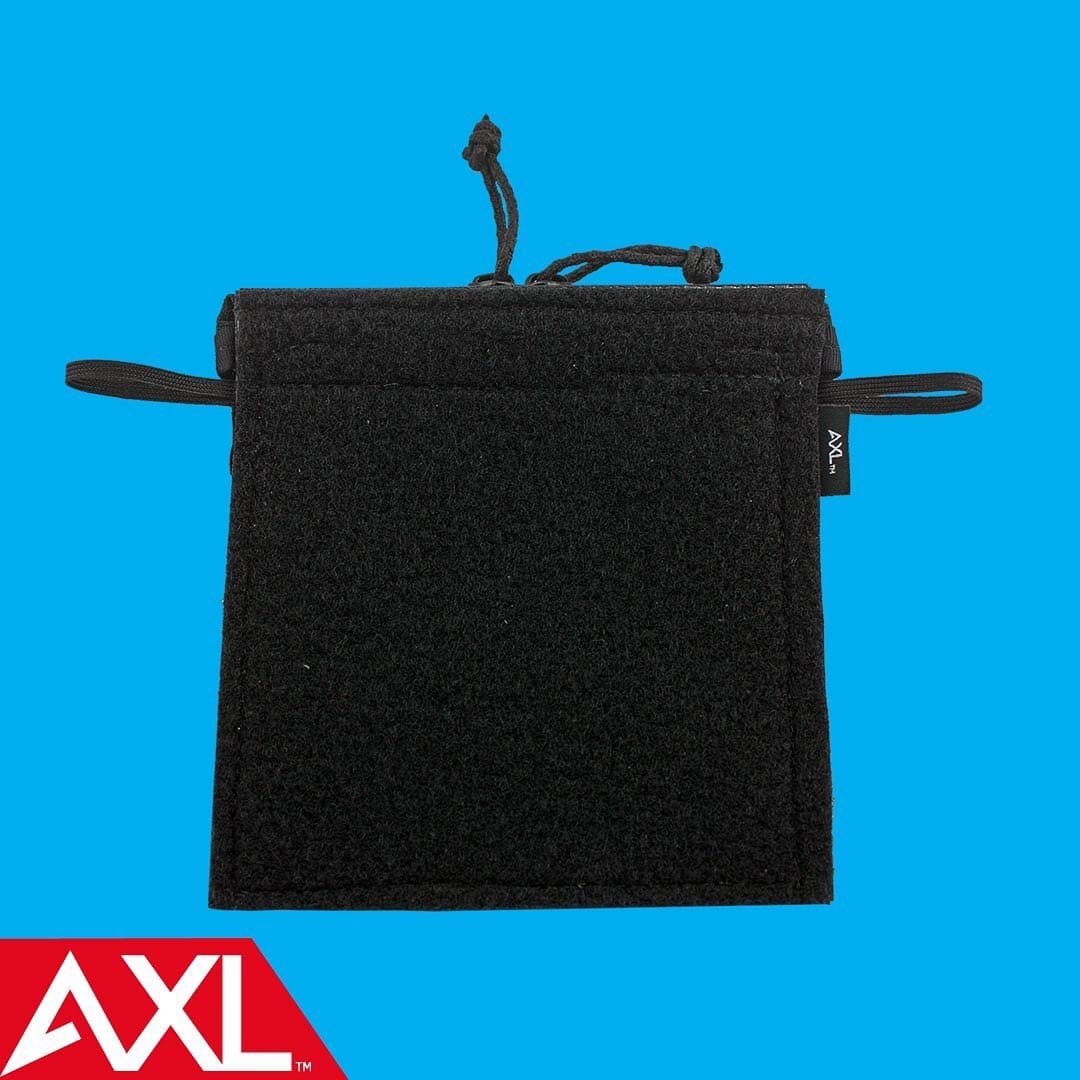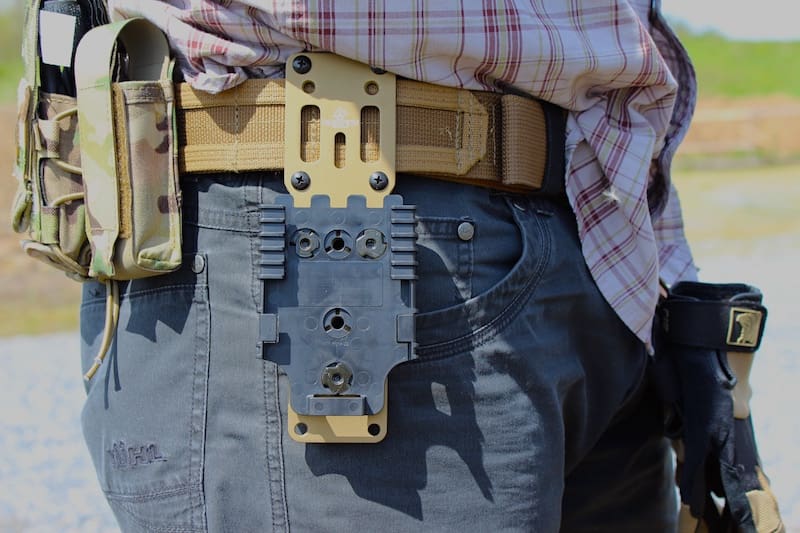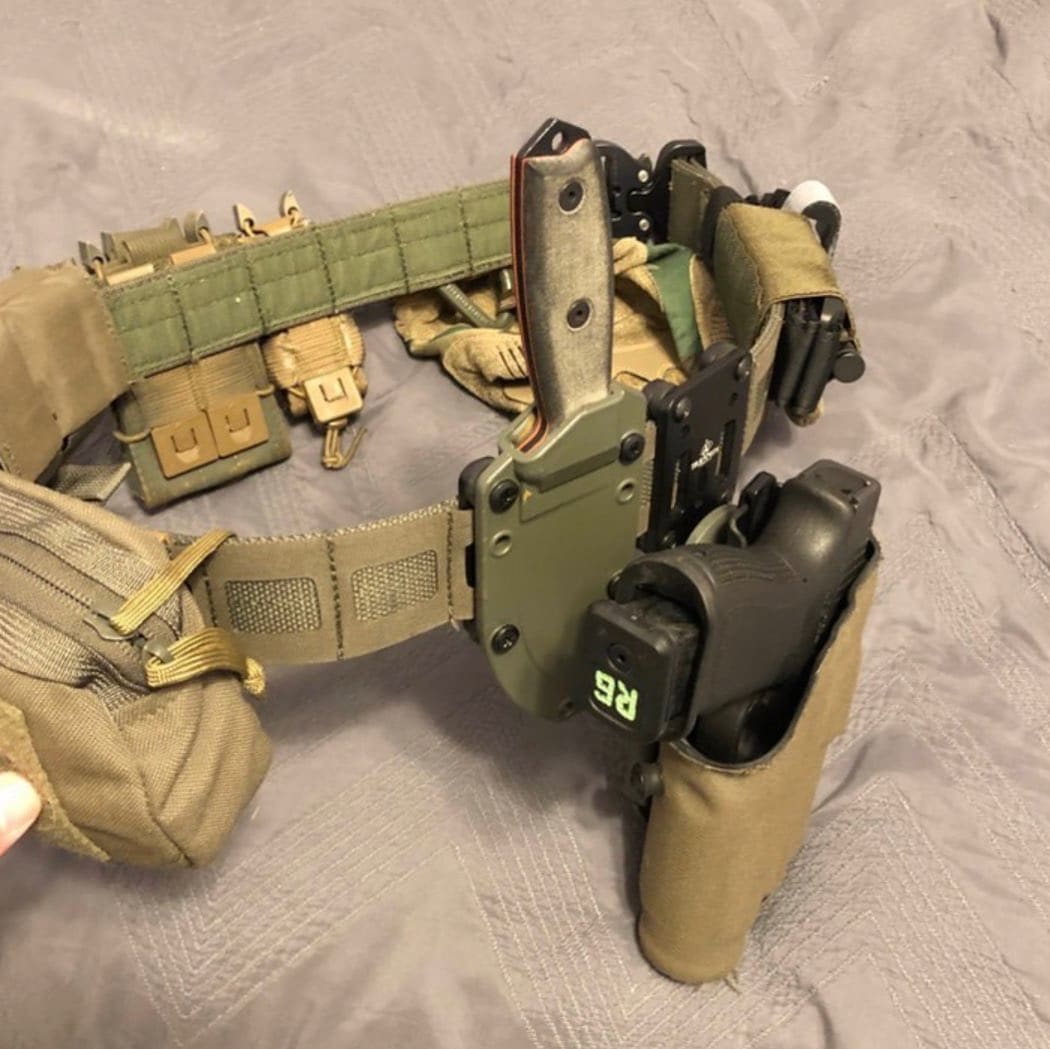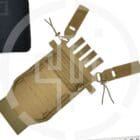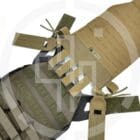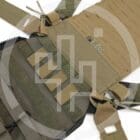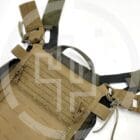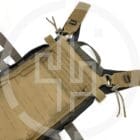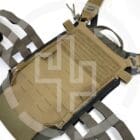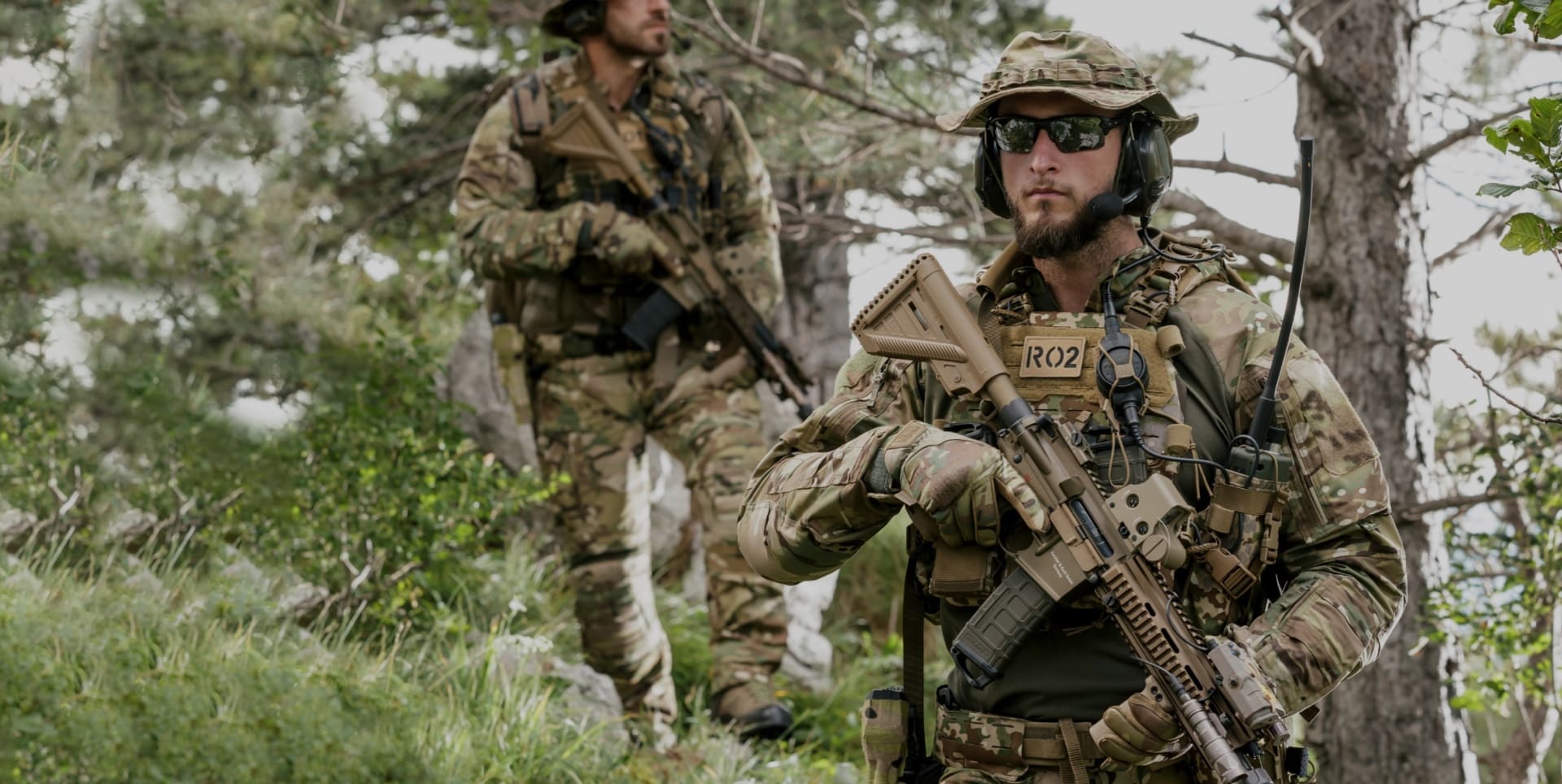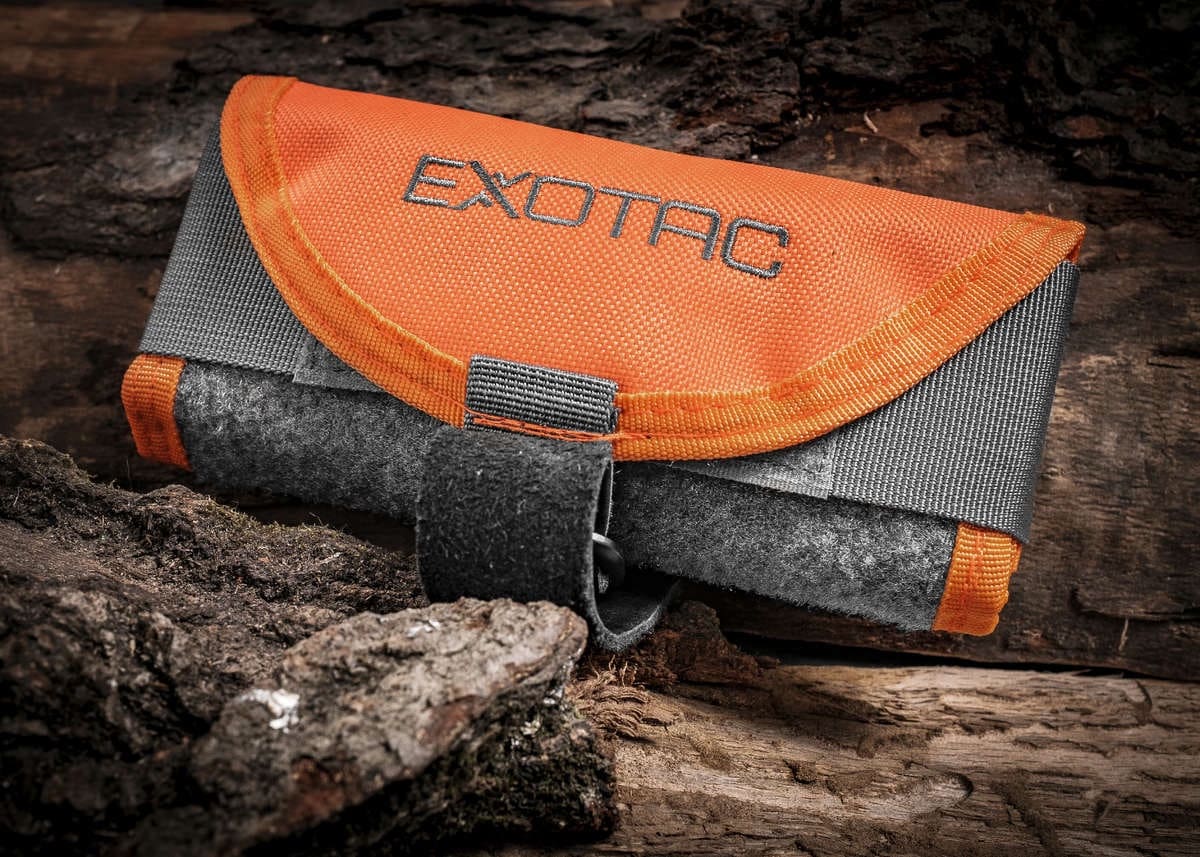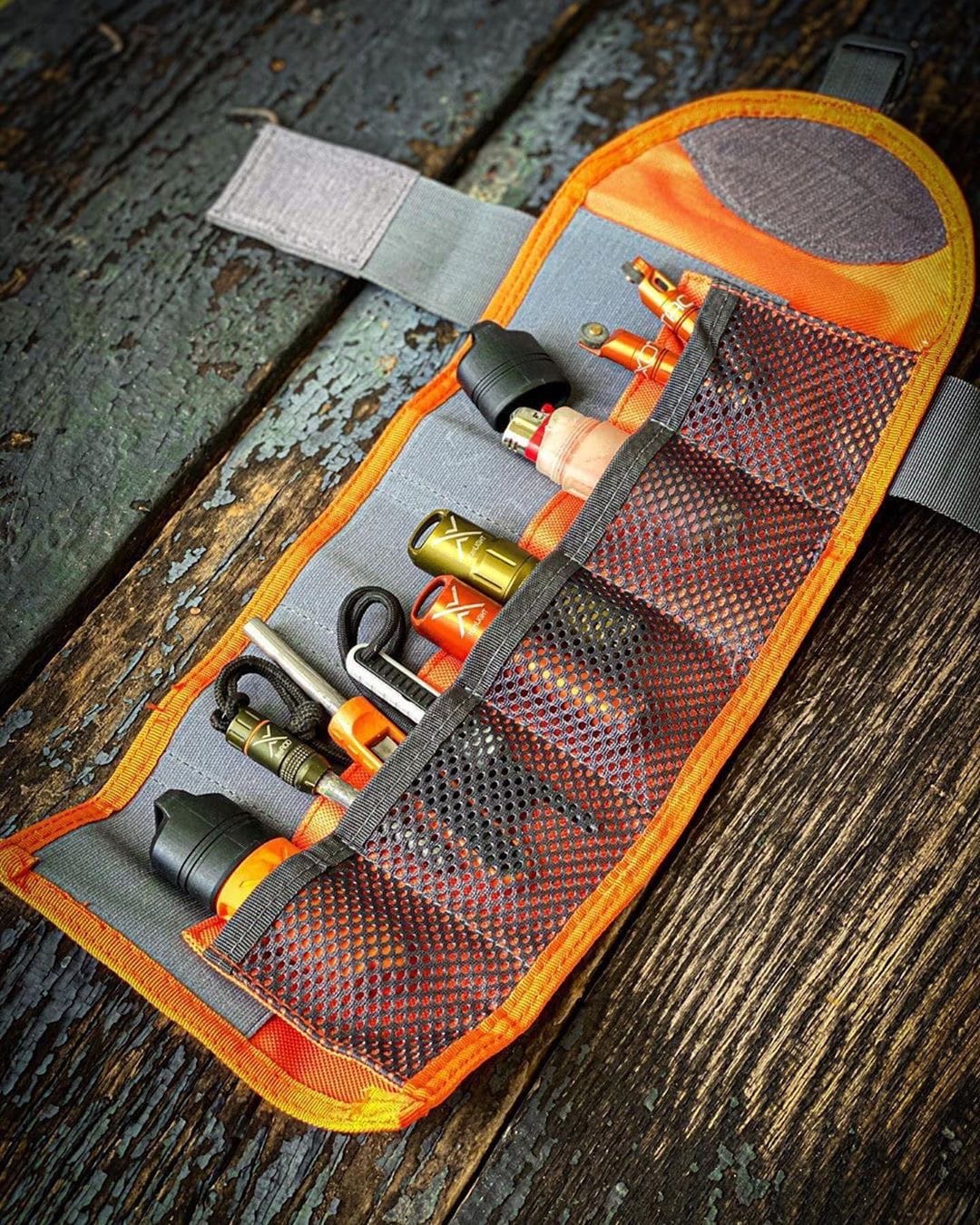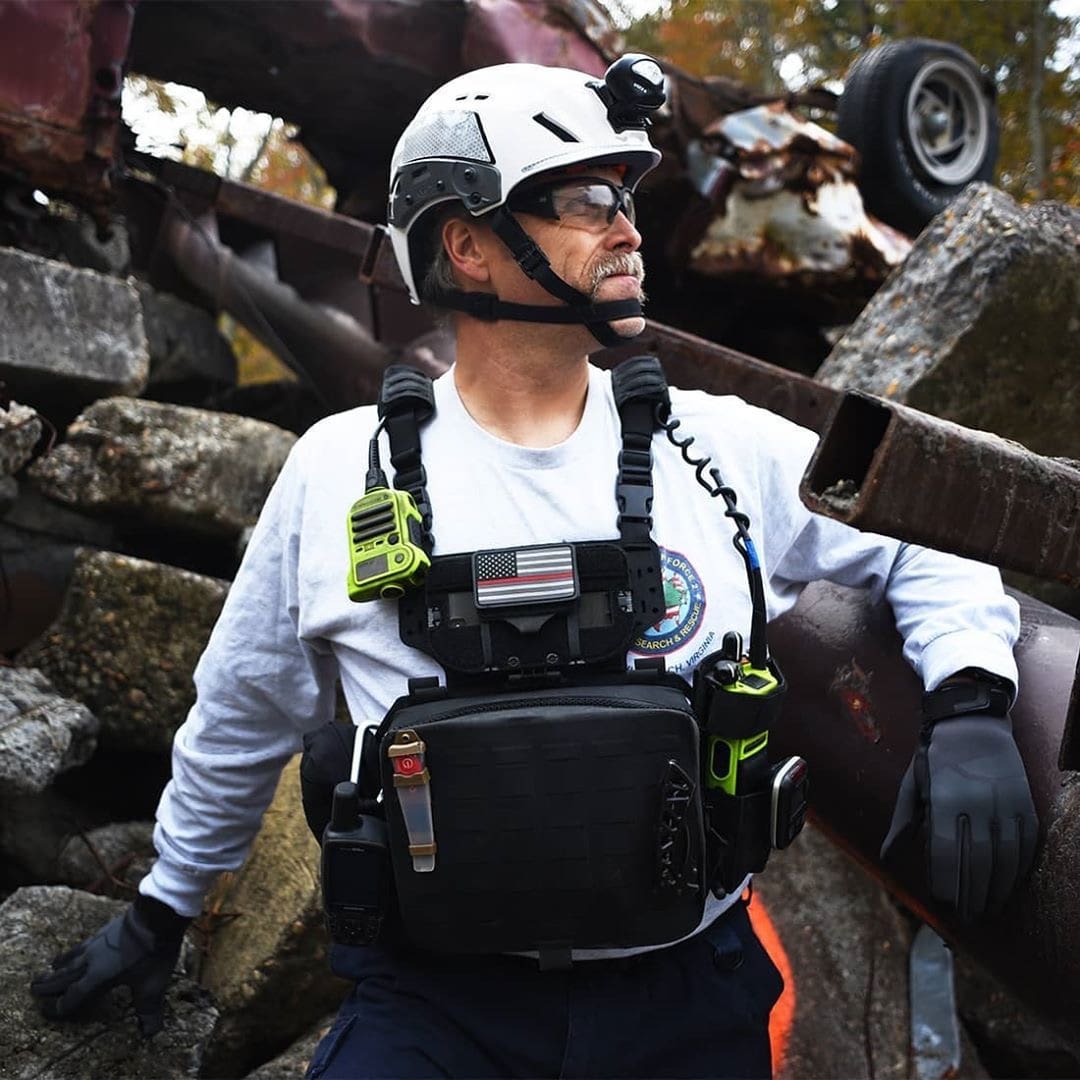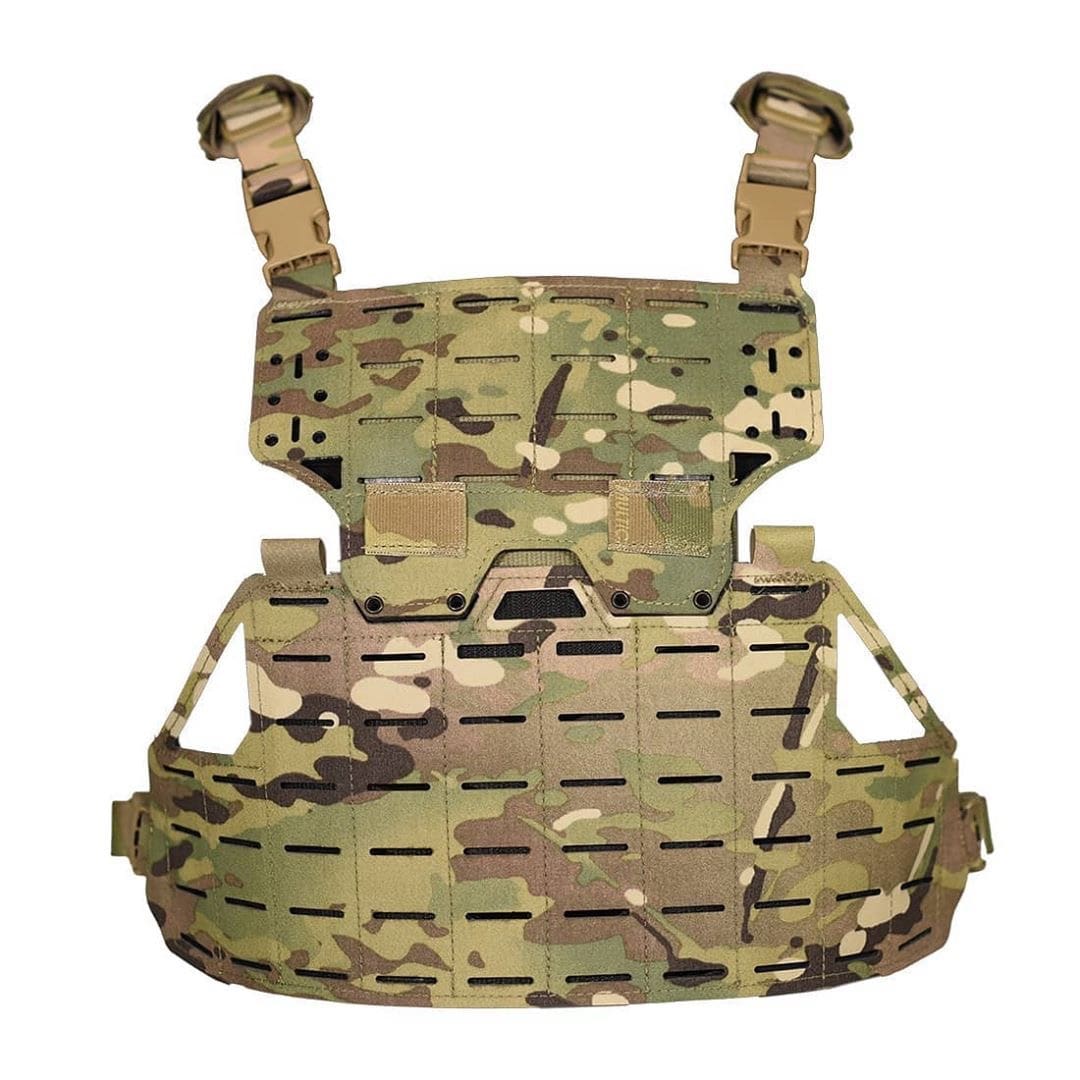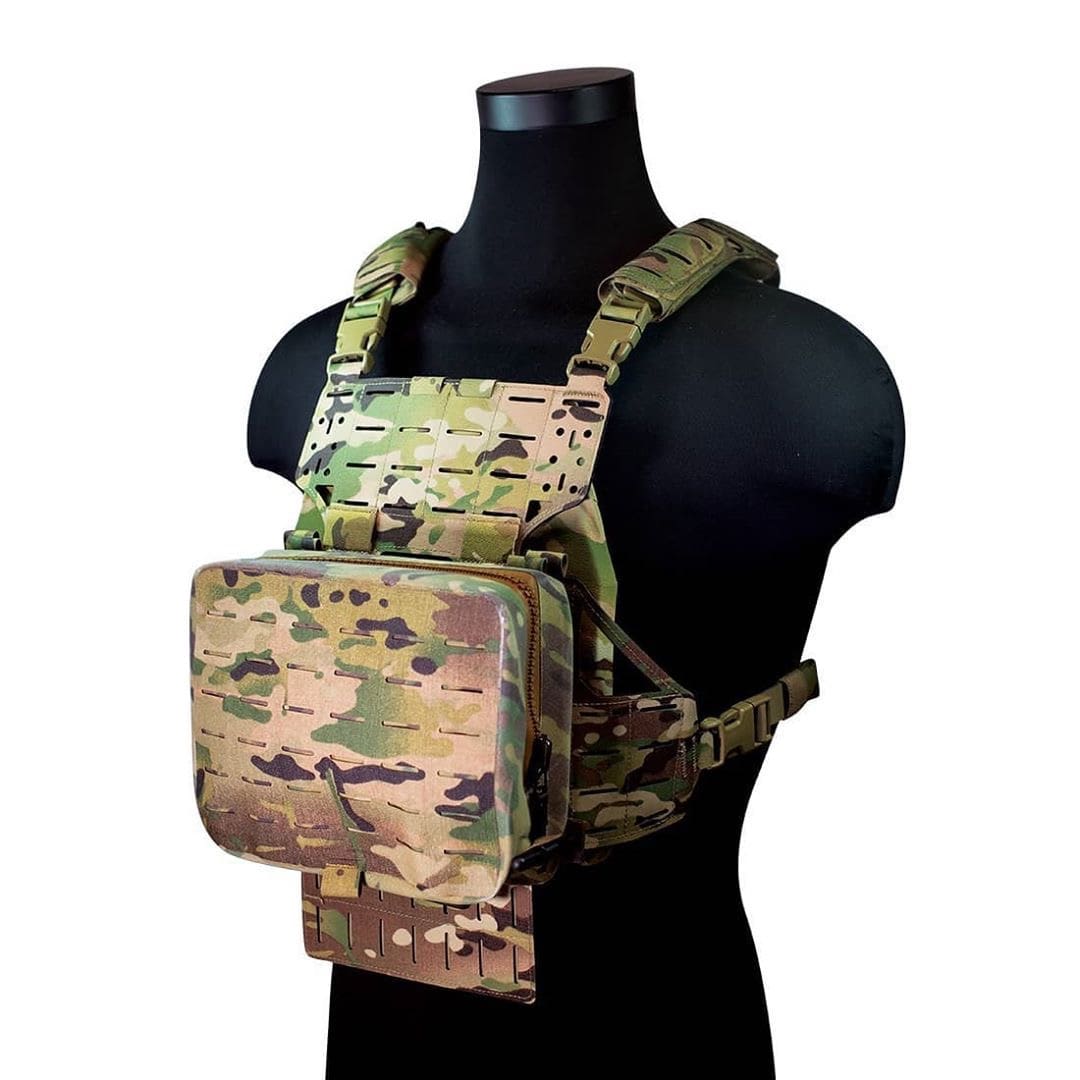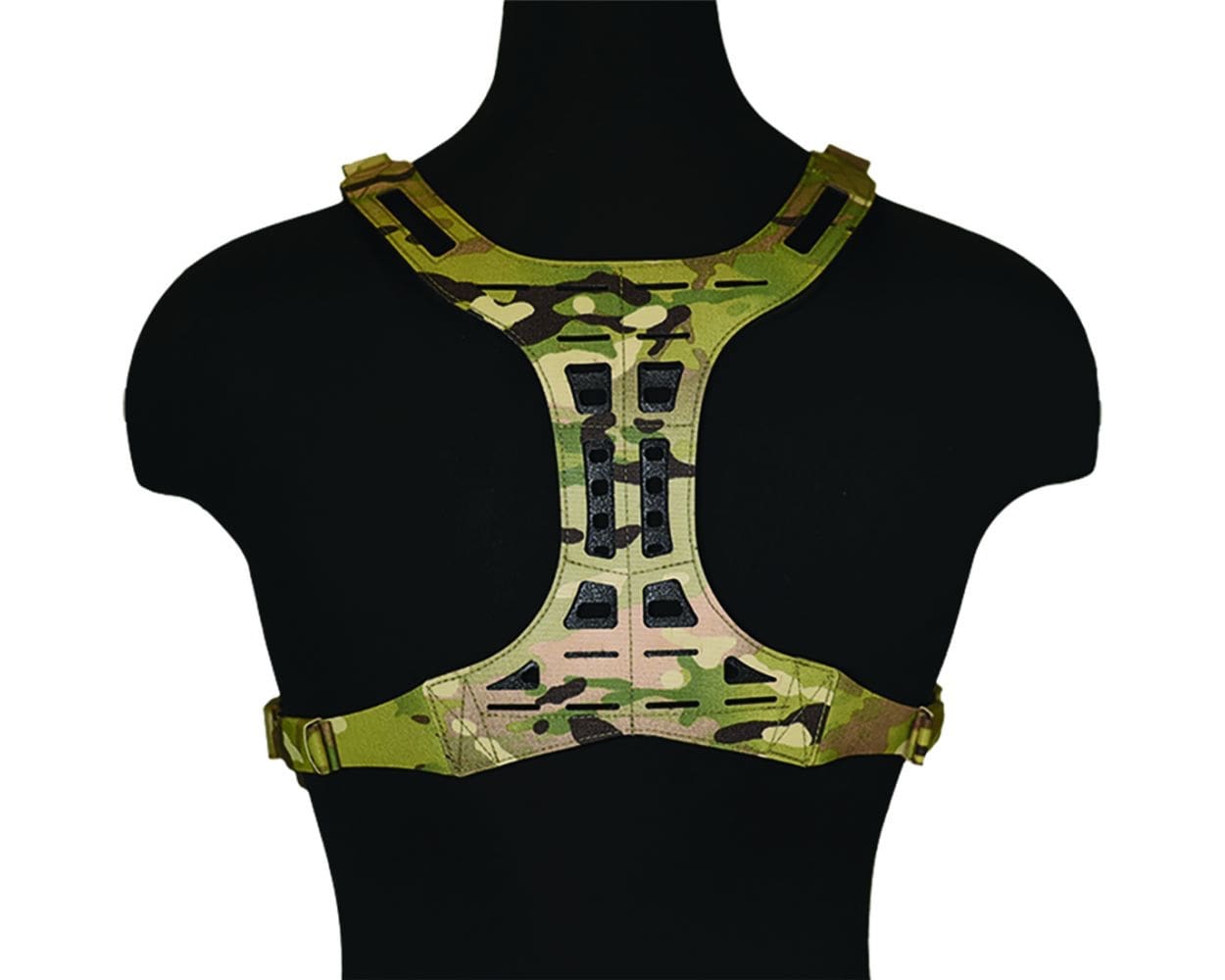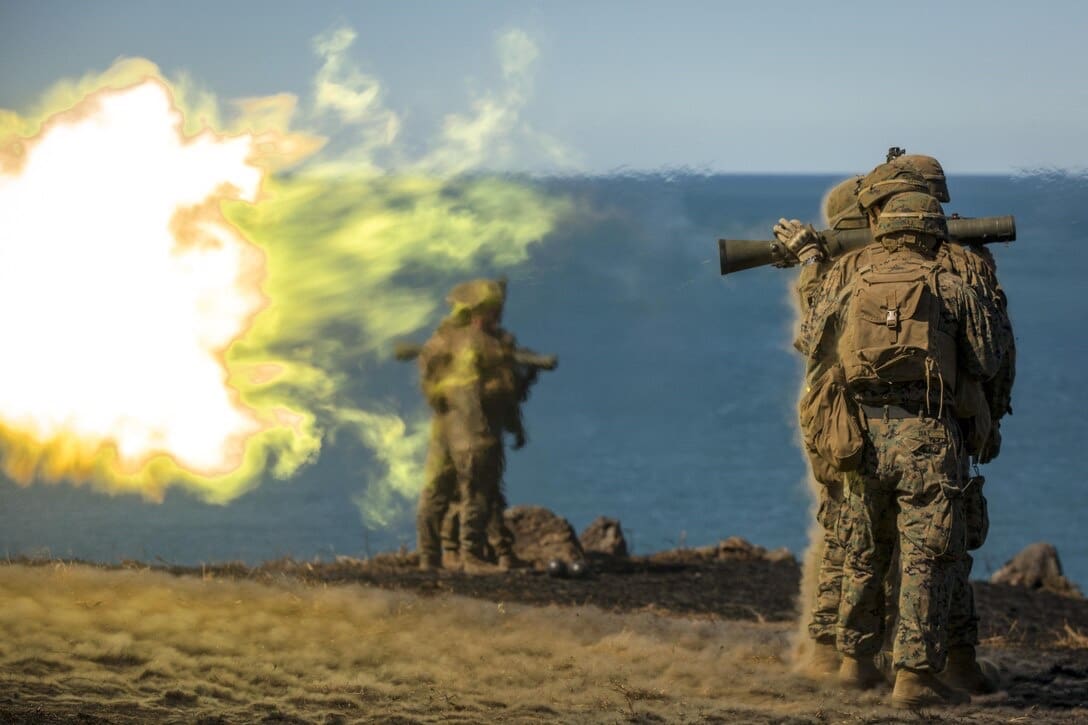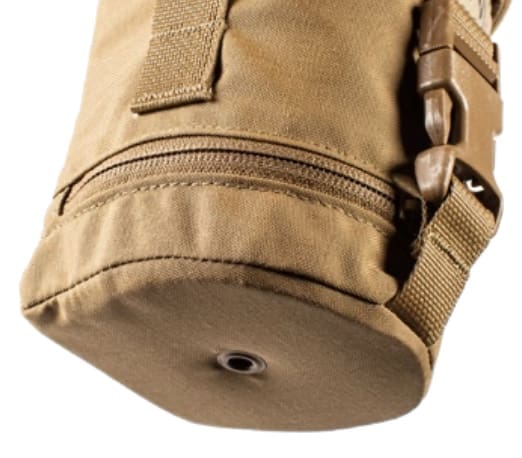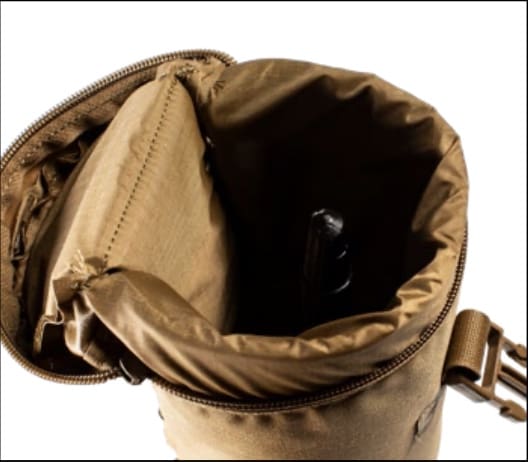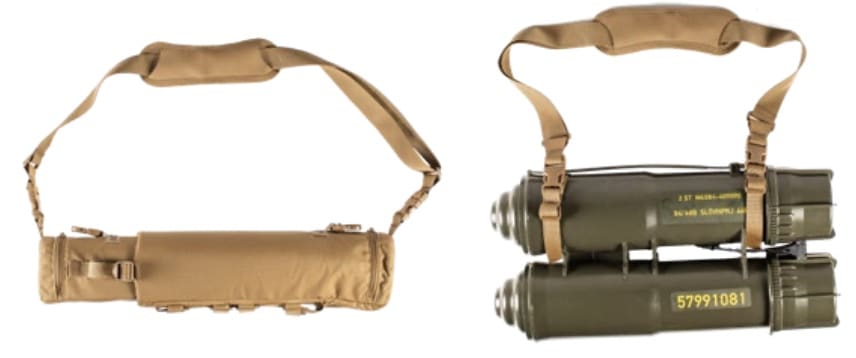Whiskey Two Four’s PIMPS (Practical Integrated Modular Platform, Scalable) PALS Back Panel 64 for Crye Precision* JPC 2.0 is available in medium and large. Back Panel 64 was developed using a medium and large SAPI plate and a medium and large Crye JPC 2.0 for the respective sizes.
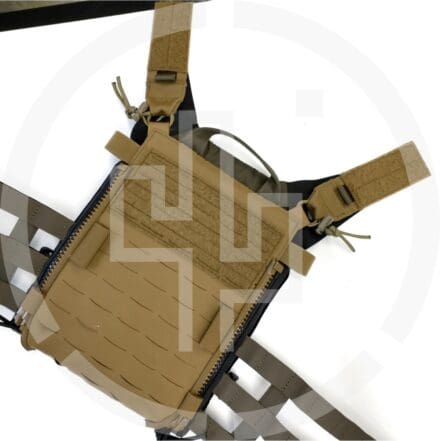
Back Panel 64 uses milspec elastic and VELCRO® Brand ONE-WRAP® loops for hydro and cable routing. YKK heavy duty zipper pull tabs tuck securely and silently into milspec elastic loops at the base. A combo laser cut PALS/loop field accepts ID, IFF, patches, etc. Rather than depending on a stiffener, we opted to connect Back Panel 64’s corners to the Crye JPC 2.0’s shoulder straps to minimize saggy sag and floppy flop tendencies. Connectors are skeletonized so as to not interfere with factory features. Back Panel 64 has laser cut PALS throughout for maximum flexibility. JPC 2.0’s drag handle is still accessible after adding Back Panel 64.
Maintaining a stressed skin can be tricky; milspec 550 parachute cord and ITW GTSP Cordlocs act as load lifters. Once the Back Panel 64 is properly mated to your Crye Precision JPC 2.0, adjust the paracord loop as necessary to achieve tension. Don’t forget to knot your paracord.
Back Panel 64 is Berry compliant and made in the USA. Back Panel 64 uses ACRONYM made from MIL-DTL-32439 500D nylon, A-A-55126 nylon hook & loop, A-A-59826 bonded nylon thread, MIL-W-5664 nylon elastic, YKK USA heavy duty zippers, and well compensated, skilled labor to produce a cost effective part.
WTF’s Back Panel 64 is manufacturable. Whether for direct or dealer sale, this design is realistic for us to keep in stock or near stock with (as close to) on demand cut & sew (as we can get) and replenishing inventory on the fly. This design represents a balance of durability, ease of assembly, machine operator fatigue reduction, COTS materials use, cost effective cut and sew methods, self jigging/locating design, scalability, and usability.
Back Panel 64 for Crye JPC 2.0, medium is lightweight at just 5.4 / 154g. $69 introductory price.
wtfidea.com
*all Crye Precision, JPC, trademarks, brands, etc are the sole property of Crye Precision, LLC. Crye Precision, LLC does not endorse this product.
